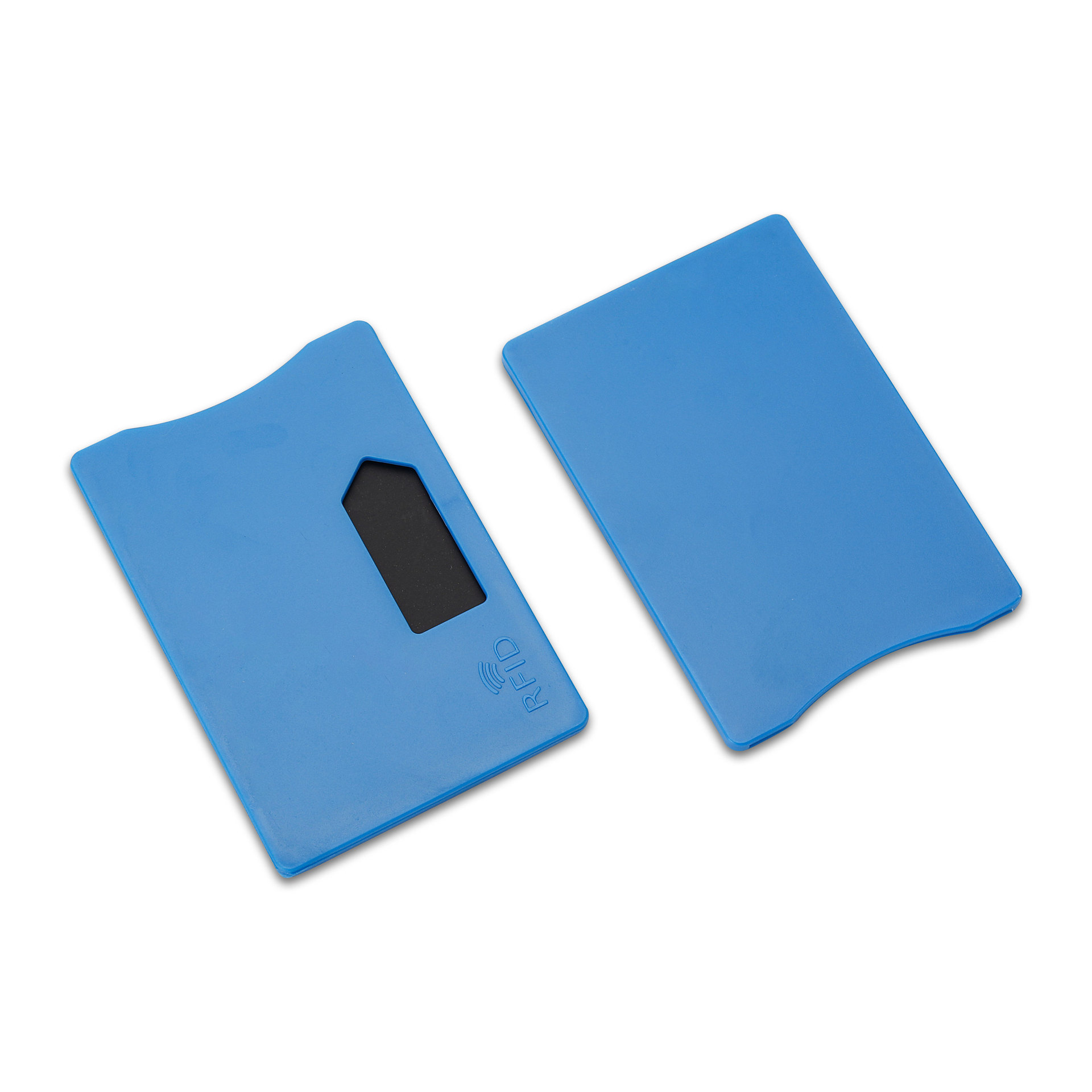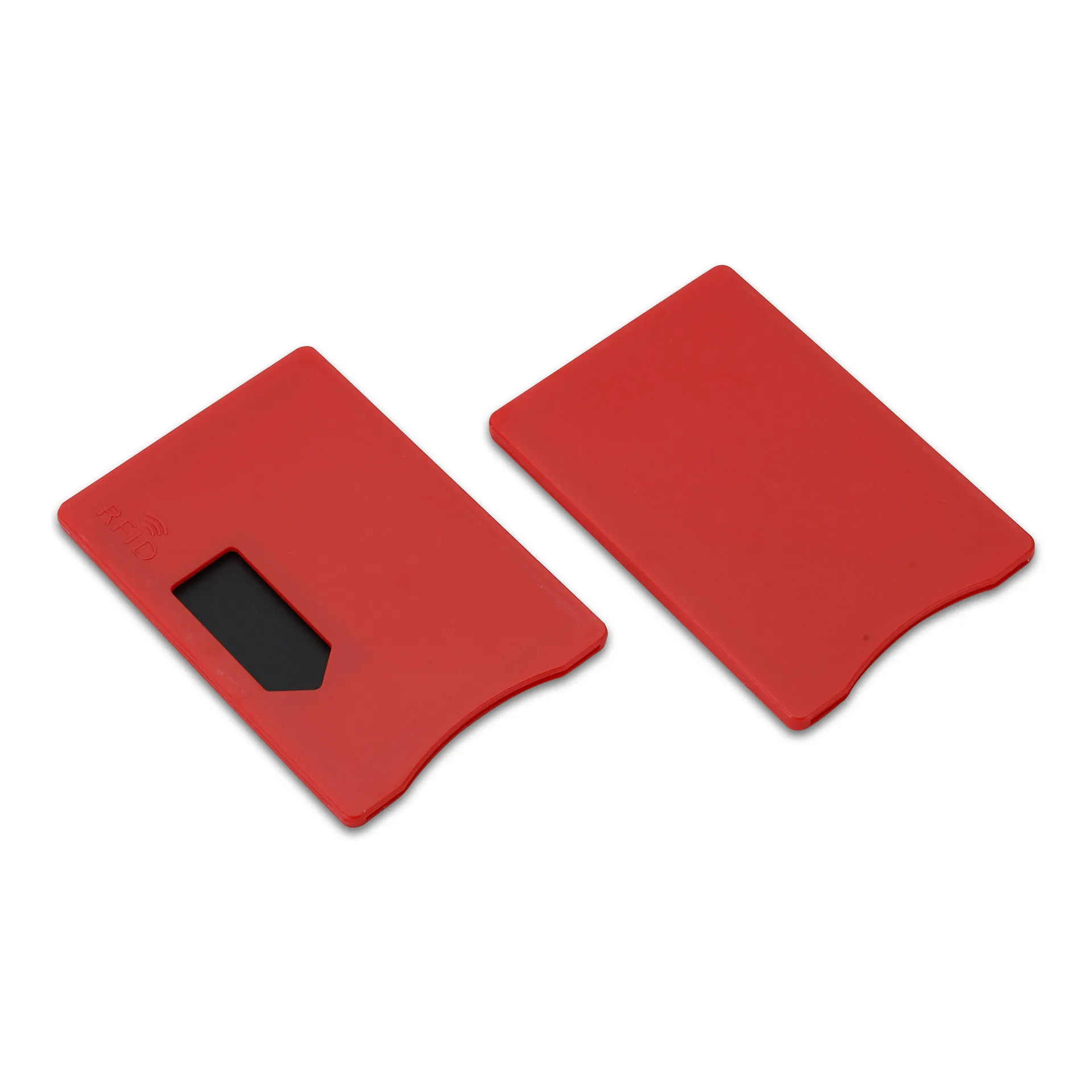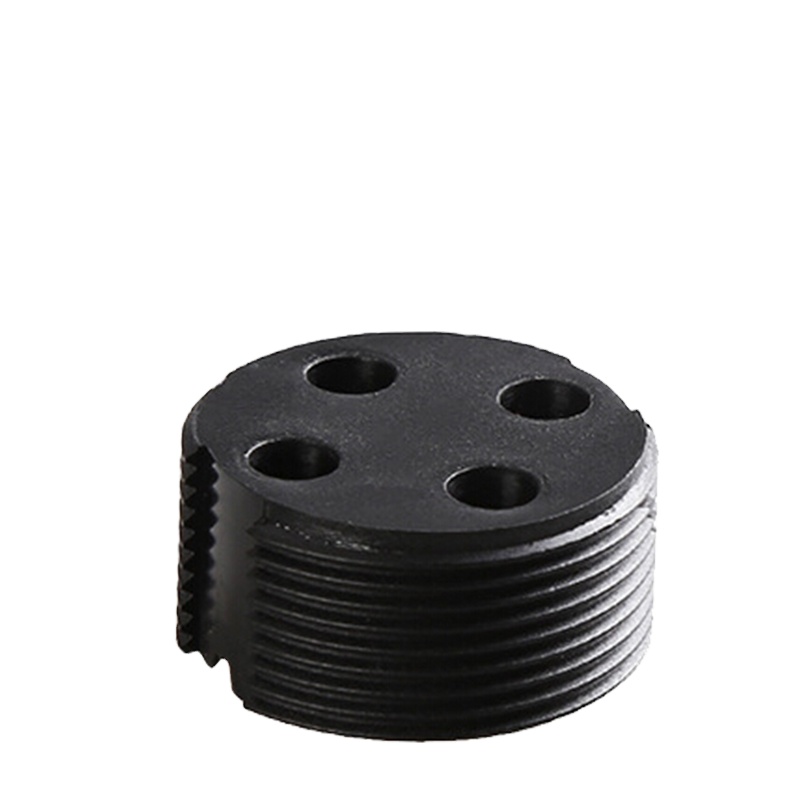
Comment les étiquettes RFID stockent les données ?
Table des matières
Introduction
Comprendre ce processus n'est pas seulement théorique. Pour les ingénieurs qui conçoivent des chaînes d'approvisionnement intelligentes, les développeurs qui créent des applications intégrant la RFID et les responsables informatiques qui supervisent le suivi d'actifs à grande échelle, les mécanismes sous-jacents de la mémoire RFID, du codage des données et des protocoles de sécurité sont essentiels pour la performance, l'interopérabilité et l'intégrité des données.
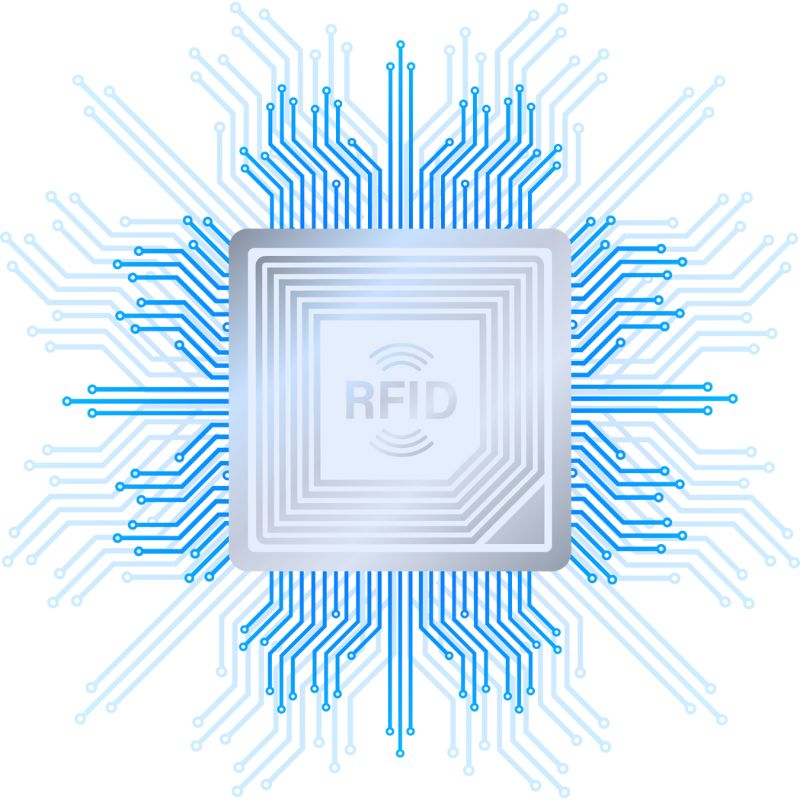
Qu'est-ce que la RFID et comment fonctionne-t-elle ?
Qu'est-ce que la RFID ?
La RFID (identification par radiofréquence) est une technologie sans fil qui identifie et suit automatiquement des objets à l'aide de champs électromagnétiques. Contrairement aux codes-barres, la RFID ne nécessite pas de ligne de visée directe et peut stocker davantage de données directement sur l'étiquette.
Composants clés d'un système RFID
- Étiquette RFID (Transpondeur) : puce et antenne intégrées dans une étiquette ou un objet qui stocke des données.
- Lecteur RFID (Interrogateur) : Envoie un signal radio pour activer l'étiquette et recevoir ses données.
- Middleware/logiciel système : traite, stocke et achemine les données vers des bases de données ou des applications.
Comment fonctionne la transmission de données
Lorsque le lecteur RFID émet un signal radiofréquence, l'antenne de l'étiquette le capte et alimente la puce (si elle est passive). La puce module alors et renvoie les données stockées au lecteur. Cette communication varie en fonction de la fréquence :
- LF (basse fréquence) : courte portée, idéale pour suivre les animaux.
- HF (haute fréquence) : couramment utilisée dans les cartes NFC et les cartes à puce.
- UHF (ultra haute fréquence) : plus grande portée, vitesses de lecture plus rapides – idéal pour la logistique.
Conseil technique : les étiquettes UHF passives sont les plus couramment utilisées dans les chaînes d'approvisionnement industrielles, car elles sont peu coûteuses et peuvent transmettre jusqu'à plusieurs mètres.
Guide du débutant pour la programmation des étiquettes RFID
La programmation des étiquettes RFID peut débloquer de puissantes fonctionnalités, allant de la personnalisation des données produit à la mise en place d'un contrôle d'accès sécurisé. Bien qu'il existe de nombreux outils et approches, la méthode spécifique dépend du type d'étiquette, de la fréquence et de l'application.
Nous travaillons actuellement sur des exemples de code vérifiés et des guides pratiques pour programmer des étiquettes RFID de manière sûre et efficace. Cette section comprendra bientôt :
- Tutoriels pratiques pour utiliser Arduino avec des modules RFID.
- Encodage des données à l'aide de TagWriter (Android) pour Étiquettes compatibles NFC.
- Utilisation des SDK RFID et des graveurs de bureau pour les applications d'entreprise.
- Conseils pour choisir le bon format de mémoire (ASCII, HEX, EPC).
Vous souhaitez commencer dès maintenant ? Nous vous recommandons de consulter ces ressources en attendant :
- Application NXP TagWriter– Encodage NFC pour Android
- Bibliothèque Arduino MFRC522 sur GitHub– Bibliothèque open source pour lecteurs RFID
- [SDK ou outils de développement de votre fournisseur de matériel] pour des modèles de lecteurs spécifiques
Vous avez besoin d'aide pour écrire des données sur vos étiquettes RFID ou choisir des outils compatibles ? Contactez notre équipe technique pour un soutien personnalisé.
Comment les étiquettes RFID stockent les données en interne
À la base, une étiquette RFID est un minuscule dispositif de stockage doté de banques de mémoire spécifiques. Il est essentiel de comprendre la structure interne de la mémoire pour déterminer le type de données à stocker et leur volume.
Types de mémoire dans les étiquettes RFID
- ROM (mémoire morte) : données écrites lors de la fabrication. Elles ne peuvent pas être modifiées.
- EEPROM (effaçable électriquement) : réinscriptible ; le plus couramment utilisé dans les RFID modernes.
- RAM : mémoire temporaire, souvent utilisée pendant les transactions actives.
Types de mémoire courants
- Lecture seule (RO) : ne peut être modifié. Utilisé pour les identifiants fixes.
- Lecture/écriture (RW) : Peut être modifié avec des lecteurs compatibles.
- WORM (Write Once, Read Many) : une fois programmées, les données sont verrouillées.
Banques de mémoire dans les étiquettes EPCglobal Gen2 (UHF)
| Banque de mémoire | Contenu | Inscriptible ? |
|---|---|---|
| CBE | Identifiant produit (96 à 128 bits en général) | ✅ |
| TID | Identifiant unique par étiquette/puce | ❌ |
| Mémoire utilisateur | Données spécifiques à l'application | ✅ |
| Réservé | Mots de passe pour les commandes d'accès/d'arrêt | ✅ (Restreint) |
Meilleure pratique : utilisez l'EPC pour les identifiants SKU ou produit, et la mémoire utilisateur pour les données supplémentaires telles que les horodatages, les numéros de lot ou les métadonnées logistiques.
Formatage des bits et des blocs
- La mémoire est divisée en blocs (16 ou 32 bits).
- Chaque bloc peut être adressé individuellement.
- Le codage des données doit respecter la taille des blocs et les spécifications des balises.
Exemple : une balise avec 512 bits de mémoire utilisateur dispose de 64 octets disponibles pour l'encodage. Planifiez votre structure de données en conséquence.
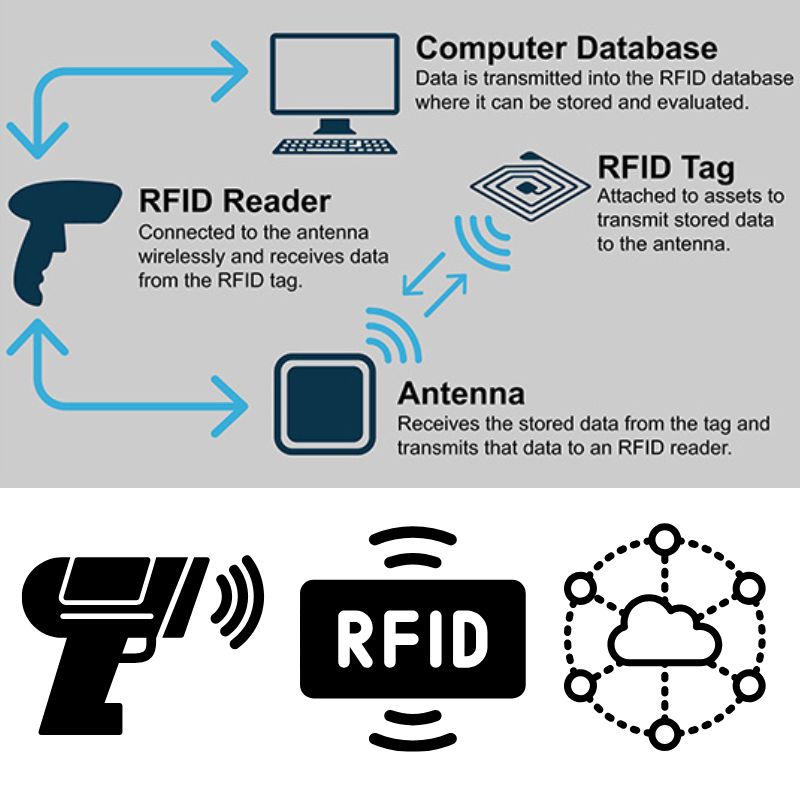
Les données contenues dans les étiquettes RFID sont-elles sécurisées ?
À mesure que la technologie RFID s'intègre davantage dans les chaînes d'approvisionnement et les produits de consommation, la sécurité des données est devenue une préoccupation majeure. Il est essentiel de comprendre comment les étiquettes RFID protègent — et parfois exposent — les données pour garantir la sécurité des déploiements.
Les étiquettes RFID peuvent-elles être piratées ?
Oui, mais le contexte a son importance. Si les étiquettes basiques à faible coût peuvent être clonées ou piratées, la plupart des systèmes RFID modernes intègrent plusieurs niveaux de sécurité, notamment le contrôle d'accès et le cryptage.
Mécanismes de sécurité dans les étiquettes RFID
| Fonctionnalité de sécurité | Description | Niveau de protection |
|---|---|---|
| Protection par mot de passe | Bloque les lectures/écritures non autorisées | Moyen |
| Bits de contrôle d'accès | Définir les autorisations de lecture/écriture par banque de mémoire | Haut |
| Cryptage (AES, DES) | Utilisé dans les étiquettes haute sécurité (par exemple, banque, contrôle d'accès) | Très élevé |
| Commandes de suppression | Désactiver définitivement une balise pour empêcher toute utilisation abusive | Contextuel |
Vulnérabilités courantes
- Écoute clandestine : les pirates interceptent les communications entre le lecteur de balises et l'ordinateur.
- Clonage : copie des données d'une balise vers une autre balise.
- Attaques par rejeu : réutilisation des données de transmission capturées.
Meilleures pratiques pour un déploiement RFID sécurisé
- Utilisez des balises protégées par mot de passe ou cryptées pour les données critiques.
- Évitez de stocker des informations sensibles directement sur les balises — stockez uniquement des références ou des identifiants.
- Mettre en place des bases de données backend sécurisées pour valider les données des balises.
- Protégez ou désactivez les balises après utilisation dans des contextes sensibles.
Quelle quantité de données les étiquettes RFID peuvent-elles stocker ?
L'une des questions les plus fréquentes posées par les ingénieurs est la suivante :
“ Quelle quantité de données puis-je stocker sur une étiquette RFID ? ”
Capacités de mémoire RFID typiques
| Type d'étiquette | Plage de mémoire | Cas d'utilisation |
|---|---|---|
| Basse fréquence (LF) | 64 à 256 bits | Identifiants animaux, cartes d'accès |
| Haute fréquence (HF/NFC) | 128 à 4 096 bits | Cartes à puce, inventaire |
| Ultra haute fréquence (UHF) | 96–8 192 bits | Logistique, suivi industriel |
| RFID actif | 32 Ko+ | Données des capteurs, charges utiles importantes |
Facteurs qui influent sur la capacité
- Fréquence des balises et modèle de puce.
- Utilisation de données cryptées ou de somme de contrôle.
- Type d'application (par exemple, codage EPC ou défini par l'utilisateur).
Quel type de données est généralement stocké ?
- Identifiants de produit (EPC)
- Numéros de lot ou de série
- Horodatages
- Données des capteurs (température, pression) dans les balises actives
Conseil : ne stockez que les données minimales nécessaires sur l'étiquette et renvoyez vers des bases de données externes pour plus de détails. Cela réduit les besoins en mémoire et améliore les performances.
RFID passive vs RFID active : comparaison des capacités de stockage de données
Le choix entre la RFID passive et active a une incidence sur le coût, la capacité de données et la portée.
| Fonctionnalité | RFID passif | RFID actif |
|---|---|---|
| Source d'énergie | Propulsé par Reader | Batterie intégrée |
| Capacité de données | 96–8 192 bits | 32 Ko ou plus |
| Gamme | Jusqu'à 10 m | Jusqu'à 100 m |
| Durée de vie | Illimité (sans batterie) | Limité par la durée de vie de la batterie |
| Coût | <$0,10 par balise | $10–$50 par balise |
Lequel choisir ?
- Étiquettes passives : idéales pour l'inventaire, la vente au détail et le contrôle d'accès.
- Balises actives : idéales pour le suivi en temps réel des actifs, la logistique et les capteurs IoT.
Exemples concrets — Quelles données sont stockées sur les étiquettes RFID ?
Voyons comment fonctionne le stockage de données RFID dans des secteurs industriels réels.
Dans le commerce de détail
- Identifiant du produit (EPC)
- Prix, référence et numéros de lot
- Emplacement sur les rayons ou données relatives à la catégorie
Dans le domaine de la santé
- Identifiant patient
- Informations sur la posologie des médicaments
- Suivi des équipements
En logistique
- Identifiants d'expédition, horodatages
- Codes des conteneurs
- Suivi des itinéraires et des points de contrôle
Dans le suivi des animaux
- Identifiant de race, carnets de vaccination
- GPS ou identifiants de localisation (dans les balises actives)
Avis d'expert : la plupart des systèmes d'entreprise relient les identifiants des étiquettes à des bases de données cloud (ERP, WMS), ce qui réduit la nécessité de stocker de grands ensembles de données sur l'étiquette elle-même.
Comment les données sont écrites sur les étiquettes RFID (processus d'encodage)
Configuration matérielle requise
- Module d'écriture ou de lecture/écriture RFID
- Logiciels compatibles (TagWriter, Arduino IDE ou SDK)
- Étiquettes compatibles RFID
Flux de travail d'encodage type
- Connectez votre imprimante au système ou au microcontrôleur.
- Sélectionnez le type et la fréquence de l'étiquette (LF, HF, UHF).
- Choisissez le format des données (EPC, HEX ou ASCII).
- Écrire des données sur l'étiquette à l'aide de commandes logicielles.
- Vérifiez les données à l'aide d'une fonction de lecture.
Formats d'encodage courants
| Format | Exemple | Cas d'utilisation |
|---|---|---|
| EPC (96 bits) | 300833B2DDD9014000000001 | Identifiant du produit |
| HEX | 0xA1B2C3D4 | Stockage de données binaires |
| ASCII | “ ITEM00123 ” | Chaînes lisibles |
Vous avez besoin d'encodeurs de qualité industrielle ? Parcourez notre Kits d'écriture RFID pour les systèmes UHF et NFC.
RFID, code-barres et NFC : comparaison des capacités de stockage de données
| Fonctionnalité | RFID | Code à barres | NFC |
|---|---|---|---|
| Capacité de données | 64 bits – 32 Ko | 12 à 20 caractères | Jusqu'à 4 Ko |
| Plage de lecture | 1 à 100 m | 0,2 à 1 m | 0-10 cm |
| Réinscriptible ? | Oui | Non | Oui |
| Lectures simultanées | Des centaines de balises | Un à la fois | Un à la fois |
| Durabilité | Haut | Faible | Moyen |
Principaux points à retenir
- RFID : idéal pour les environnements à haut débit et à volume de données élevé.
- Code-barres : simple et peu coûteux pour les identifiants statiques.
- NFC : idéal pour les interactions sécurisées à courte portée (par exemple, les paiements).
Vous envisagez de passer des codes-barres à la RFID ? Obtenez un devis gratuit pour la mise en œuvre.
FAQ sur le stockage de données RFID
Les étiquettes RFID peuvent-elles être réécrites ?
Oui, la plupart des étiquettes HF et UHF prennent en charge plusieurs cycles d'écriture jusqu'à ce que la mémoire s'use.
Combien de temps les données restent-elles stockées sur une étiquette RFID ?
Jusqu'à 10 ans ou plus pour les étiquettes passives, selon la qualité de la puce.
Les données RFID sont-elles cryptées ?
Certaines balises prennent en charge le cryptage AES/DES ; d'autres reposent sur la protection par mot de passe.
Puis-je programmer des étiquettes RFID avec un smartphone ?
Oui, s'ils sont compatibles NFC (13,56 MHz) et que votre téléphone dispose d'un lecteur NFC.
Quel logiciel est utilisé pour écrire sur les étiquettes RFID ?
TagWriter, Arduino IDE (avec bibliothèques) ou SDK des fabricants.
L'avenir du stockage des données RFID
L'avenir de la RFID se trouve à la croisée de l'IoT et de l'IA, où les étiquettes ne se contentent pas de stocker des données, mais communiquent activement avec les systèmes cloud et les capteurs.
Innovations émergentes
- Densité mémoire accrue grâce à la technologie micro-EEPROM
- Capteurs intégrés qui enregistrent les données relatives à la température ou au mouvement
- Analyse RFID basée sur l'IA pour automatiser la prise de décision
- Traçabilité soutenue par la blockchain pour garantir l'authenticité des produits
Conclusion : résumé
Les étiquettes RFID sont de petits supports de données puissants qui constituent la base de l'automatisation moderne.
Des structures de mémoire de base au cryptage avancé, comprendre comment les étiquettes RFID stockent et transmettent les données permet aux ingénieurs, développeurs et entreprises de créer des systèmes plus intelligents et plus sécurisés.
Points clés à retenir :
- Choisissez les types d'étiquettes en fonction de la portée, de la capacité et de l'application.
- Utilisez un cryptage sécurisé et protégé par mot de passe pour les données sensibles.
- Intégrez la RFID aux systèmes backend pour plus d'évolutivité.
Besoin d'aide pour concevoir ou programmer votre système RFID ?
Contacter notre équipe pour des solutions RFID personnalisées, l'approvisionnement en matériel et l'assistance à la mise en œuvre.

Ray Zhou
Cet article a été rédigé par Ray Zhou, un expert en technologie RFID ayant plus de 10 ans d'expérience dans le secteur.
Commentaires
- Sur les étiquettes RFID en métal
- Étiquettes de disque RFID
- Étiquettes RFID pour pièces de monnaie
- Étiquettes RFID pour animaux
- Étiquettes RFID pour bijoux
- Étiquettes RFID pour blanchisserie
- Étiquettes RFID pour bibliothèques
- Étiquettes RFID pour véhicules
- Étiquettes RFID en bois
- Colliers de serrage et étiquettes RFID pour cadenas
Produits phares
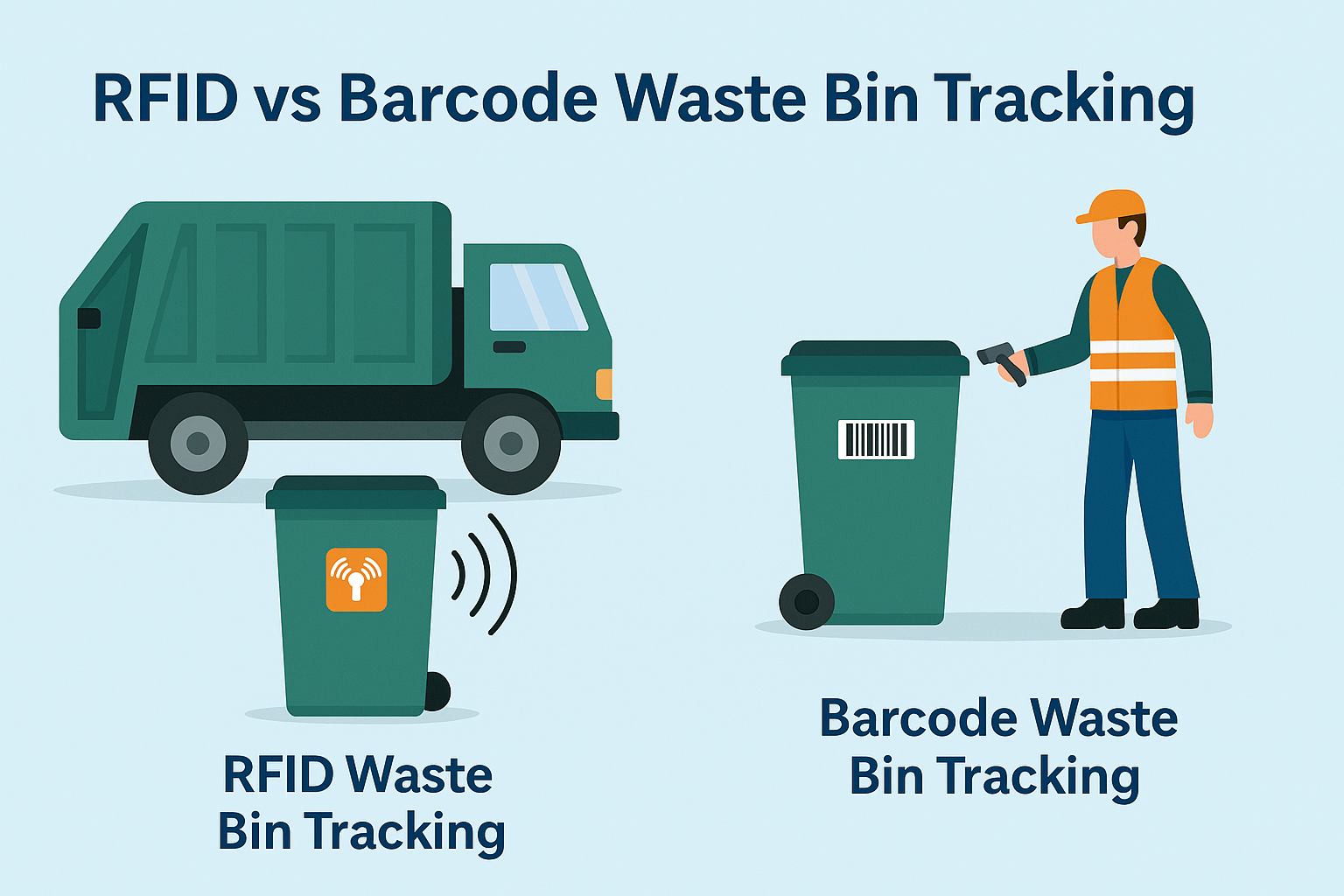
Qu'est-ce que la gestion des déchets par RFID ?
Imaginez une ville où chaque poubelle parle – pas littéralement – mais grâce à une minuscule puce qui indique au système quand elle est pleine, quand elle est vidée et où elle a été emmenée. C'est ce que fait aujourd'hui la gestion des déchets par RFID.

Qu'est-ce qu'un joint de boulon et quelles sont ses applications ? | Guide complet
Dans le cadre du commerce mondial et de la logistique, les scellés à boulon jouent un rôle crucial pour assurer la sécurité et la conformité des cargaisons. Ces dispositifs, petits mais puissants, sont conçus pour verrouiller les conteneurs d'expédition, les remorques et les portes de chargement à l'aide d'un mécanisme d'inviolabilité.
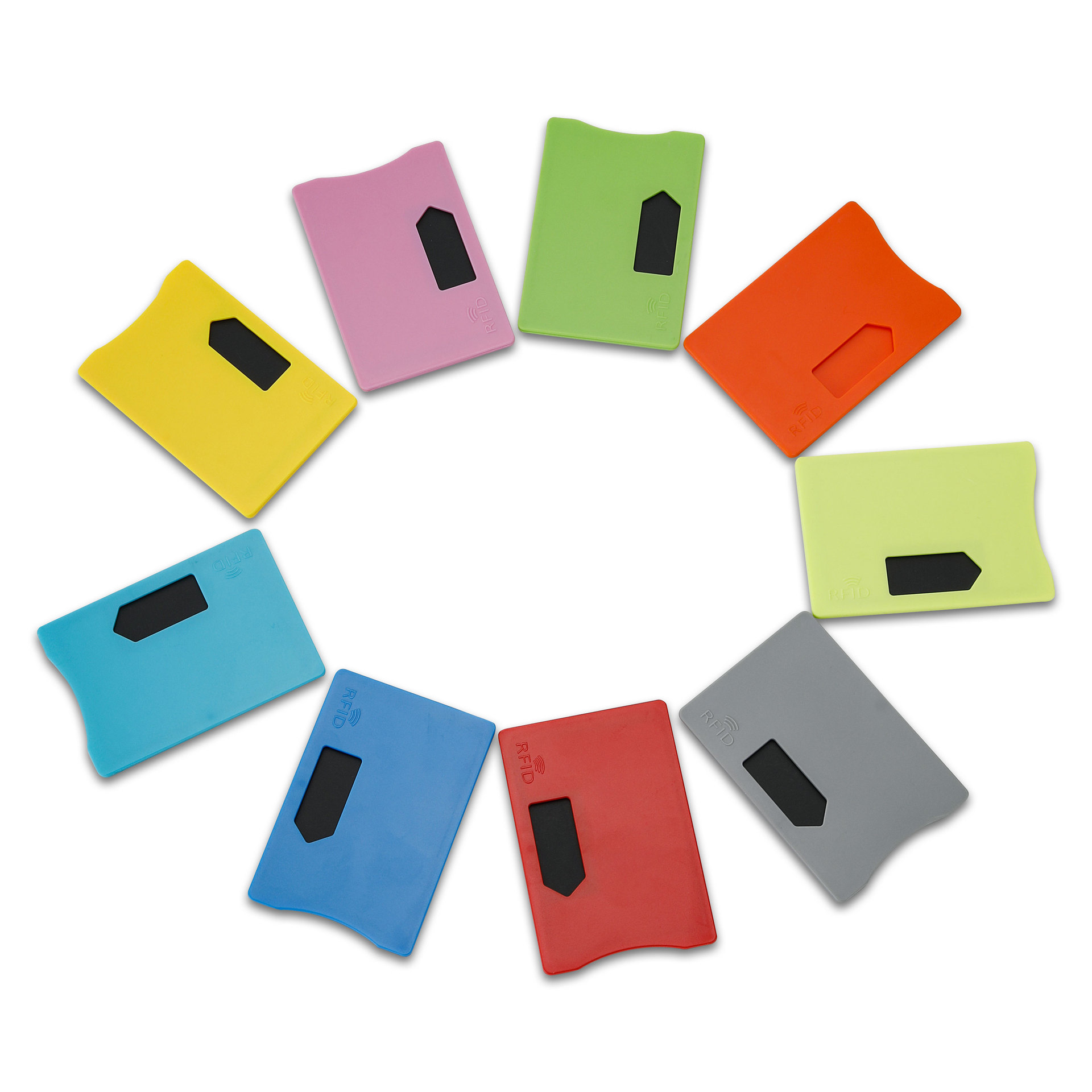
Qu'est-ce qu'un protecteur de carte RFID ? Avantages, cas d'utilisation et guide d'achat
La technologie RFID (identification par radiofréquence) est partout : dans vos cartes de crédit, vos badges d'identification, vos titres de transport, vos clés de chambre d'hôtel, etc. Elle offre rapidité et commodité, mais elle ouvre également la porte à un nouveau type de vol numérique appelé "skimming" (écrémage). C'est là qu'intervient un protecteur de carte RFID.

Bracelets RFID pour événements : Guide d'achat en gros pour les organisateurs
Les bracelets RFID pour les événements deviennent la solution de choix pour les organisateurs qui ont besoin d'une entrée plus rapide, d'une prévention de la fraude et de paiements sans numéraire lors de concerts, de festivals et d'événements sportifs. Contrairement aux billets en papier ou aux codes QR, ces bracelets intelligents utilisent des puces intégrées pour rationaliser l'accès, sécuriser les transactions et améliorer l'expérience des visiteurs.
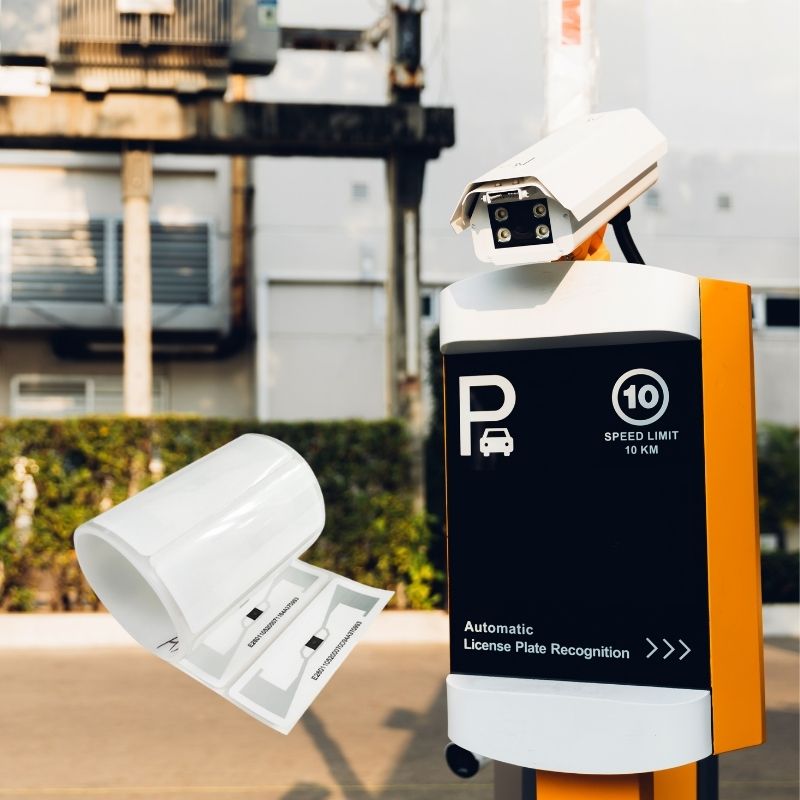
Comment l'étiquette RFID sur le pare-brise améliore le contrôle d'accès des véhicules et les systèmes de péage
Dans le monde rapide d'aujourd'hui, l'identification des véhicules doit être rapide, sûre et sans contact. Un tag RFID sur le pare-brise offre exactement cela - un moyen fiable de gérer les péages, les parkings et les accès aux barrières sans arrêter les véhicules.
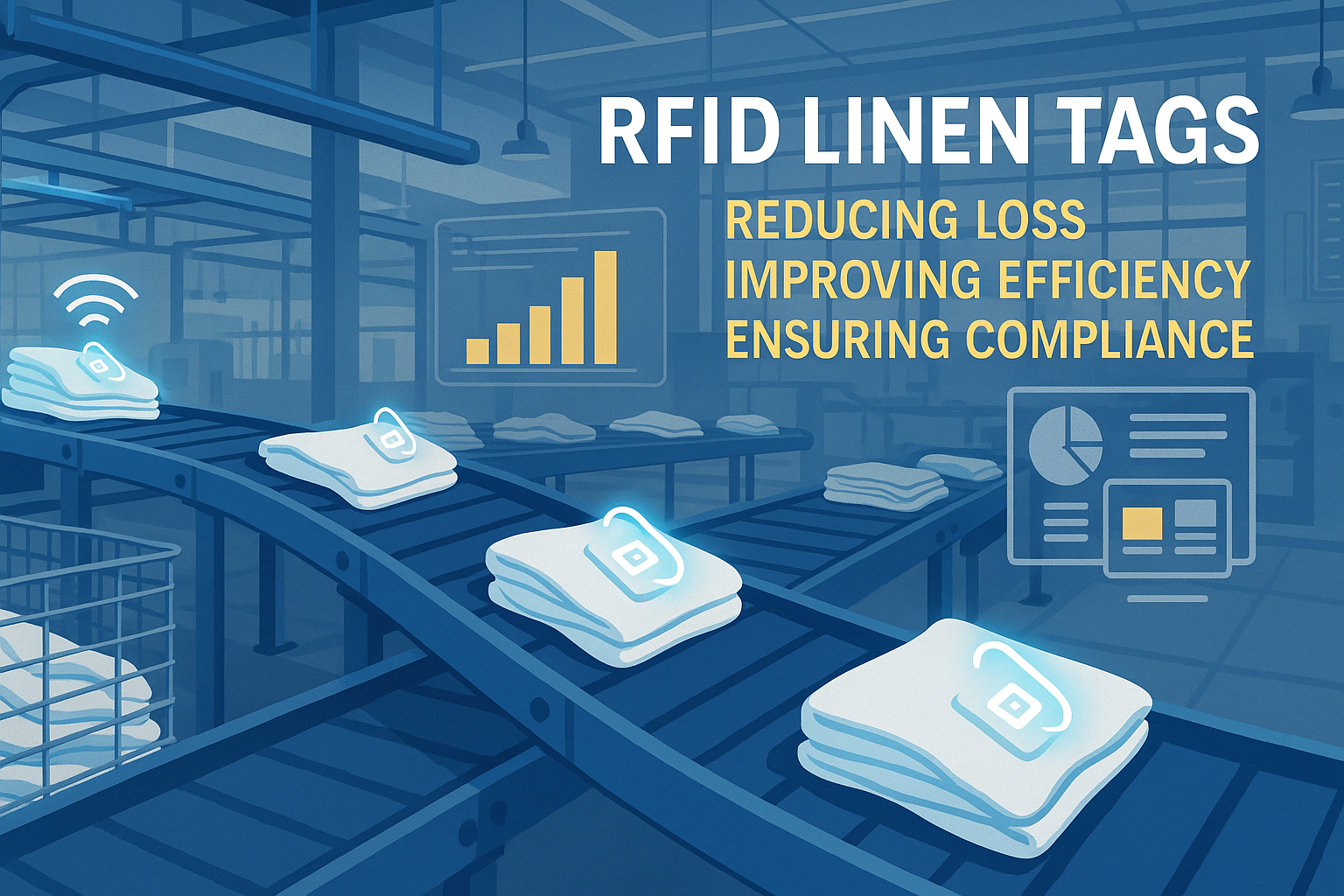
Les avantages des étiquettes RFID pour le linge dans les blanchisseries commerciales
La gestion de la blanchisserie dans les hôpitaux, les hôtels ou les grands services de blanchisserie n'est pas une mince affaire. Chaque jour, des milliers de draps, de serviettes et d'uniformes sont lavés, triés et renvoyés. Mais les problèmes tels que la perte de linge, les erreurs de tri et le comptage manuel peuvent coûter beaucoup d'argent aux entreprises. Par exemple, les hôtels de taille moyenne peuvent perdre plus de $200 000 euros chaque année à cause du linge manquant.
C'est là que les étiquettes RFID pour le linge entrent en jeu.
Mots clés
BLOGS CONNEXES

Qu'est-ce que la gestion des déchets par RFID ?
Imaginez une ville où chaque poubelle parle – pas littéralement – mais grâce à une minuscule puce qui indique au système quand elle est pleine, quand elle est vidée et où elle a été emmenée. C'est ce que fait aujourd'hui la gestion des déchets par RFID.

Qu'est-ce qu'un joint de boulon et quelles sont ses applications ? | Guide complet
Dans le cadre du commerce mondial et de la logistique, les scellés à boulon jouent un rôle crucial pour assurer la sécurité et la conformité des cargaisons. Ces dispositifs, petits mais puissants, sont conçus pour verrouiller les conteneurs d'expédition, les remorques et les portes de chargement à l'aide d'un mécanisme d'inviolabilité.

Qu'est-ce qu'un protecteur de carte RFID ? Avantages, cas d'utilisation et guide d'achat
La technologie RFID (identification par radiofréquence) est partout : dans vos cartes de crédit, vos badges d'identification, vos titres de transport, vos clés de chambre d'hôtel, etc. Elle offre rapidité et commodité, mais elle ouvre également la porte à un nouveau type de vol numérique appelé "skimming" (écrémage). C'est là qu'intervient un protecteur de carte RFID.



